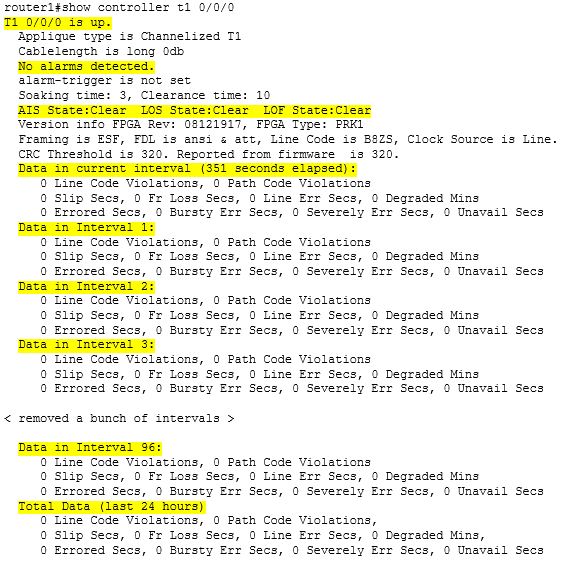A lot of jobs within the IT field are somewhat invisible…what I mean is most of the company never really sees you. And one of the most invisible positions is that of a Network Engineer. Few people know we exist, and that’s ok by most of us, as we are usually very private by nature. Because of that, though, most people don’t really understand what we do and how important our jobs are.
When you have a few minutes, please read All Systems Down (pdf) by Scott Berinato for CIO magazine back in 2003. It chronicles a major network crisis which occurred in late 2002 at a large medical center in Boston. It is an incredible read!! In fact, I make sure I read it once a year. Why?
Because it reminds me of how important my job is. Sure, I don’t work at a hospital where lives are at stake, but still…the job I do is vitally important to over a thousand people every day. Their ability to get their jobs done in a quick and efficient manner relies largely on the stability and availability of my network. Plus, I learn a lot from this article in terms of attacking problems and working together. And I have to say a big “Thank you” to the CIO (John Halamka) which shared this story…the lessons learned is something every Network Engineer needs to take heed of.
Let me know what you think.
(Note: The article was not written by a Network Engineer, but a CIO journalist. As such, some of his descriptions are not 100% technically correct. But it does not in any way degrade the content and impact of the article.)


